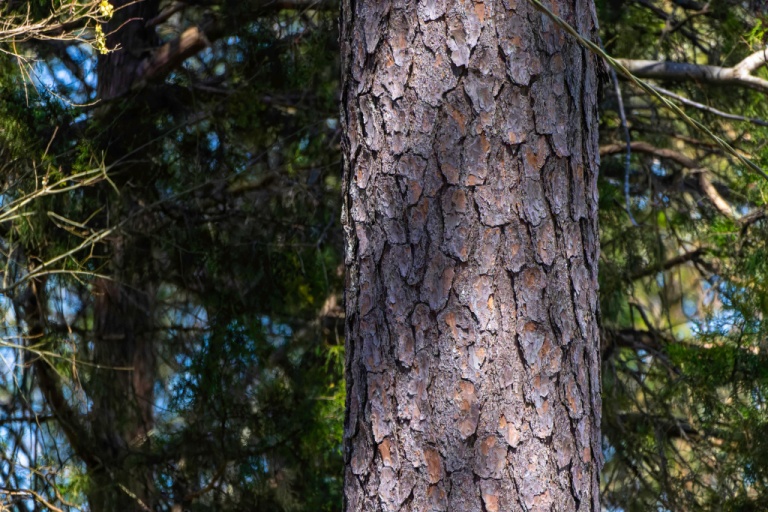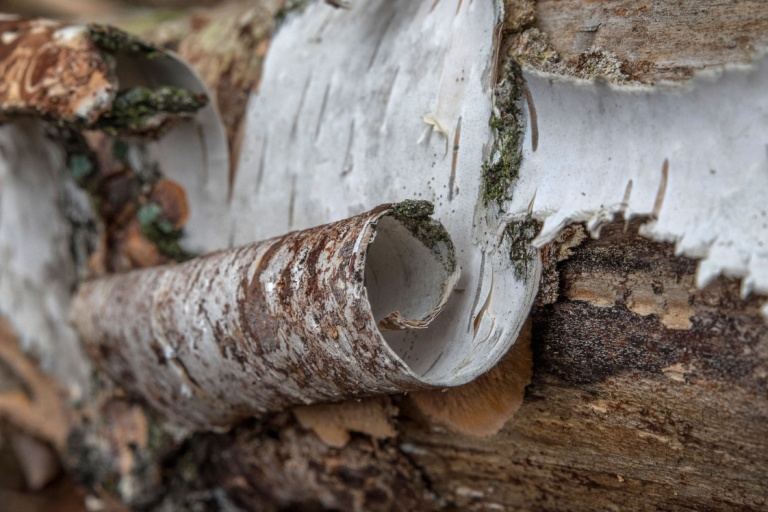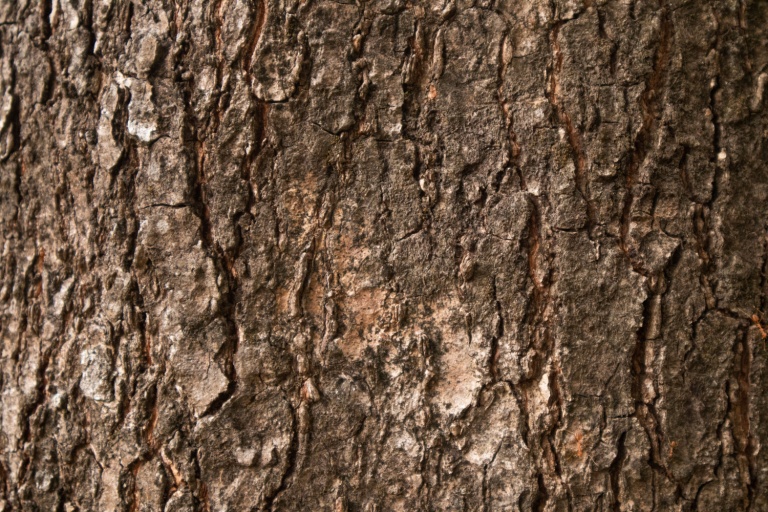In the world of wilderness survival, the concept of the “survival trick: eating tree bark” may sound unusual, but it is a time-tested method that has saved countless lives throughout history. When stranded in the wild or facing food shortages, knowing how to identify, harvest, and prepare edible tree bark safely can mean the difference between life and death.
This article examines why people resort to tree bark in emergencies, the types that are safe to use, how to prepare it, and the nutritional and cultural significance of this ancient survival food.
Why eating tree bark is a thing for people in survival situations
Tree bark is often considered a last resort food, but it is far from useless. In many survival scenarios, bark provides much-needed calories, roughage, and even medicinal properties. Throughout history, people have relied on bark as a source of sustenance during times of famine, war, and exploration. Indigenous tribes across the globe have utilized bark not just for sustenance, but also for its healing properties and as a staple in their diets during harsh seasons.
The practice of eating tree bark is rooted in necessity and adaptability. During the harsh winters of Scandinavia, for example, families would supplement their diets with bark bread made from birch and pine when crops failed. In North America, Native American tribes such as the Ojibwe and Abenaki used the inner bark of trees like pine and elm as both food and medicine. These traditions highlight the resourcefulness and deep knowledge of nature that have been passed down through generations.

Understanding which types of tree bark are safe to eat
Not all tree bark is edible, and knowing the right species is critical for survival. The most commonly consumed and safest barks include:
- Pine (primarily white pine): Mild flavor, widely available, and easy to identify.
- Birch: Sweet and palatable, with a history of use in both Europe and North America.
- Elm (particularly slippery elm): Known for its soothing, medicinal properties.
- Maple: Mild taste and easy identification make it a good option.
It is crucial to avoid trees such as cherry, yew, and eucalyptus, as these can be toxic. Cherry bark contains cyanogenic compounds, while yew contains taxine alkaloids, both of which are potentially fatal. Learning to recognize edible species by their leaves, bark texture, and scent is an essential survival skill.
How to identify and prepare edible bark
Once you have identified a safe tree, the next step is to harvest and prepare the bark correctly. The edible part of the bark is not the tough outer layer, but the soft, moist inner layer known as the cambium. Here’s how to do it:
- Harvest wisely: Use a knife to cut a small vertical strip of bark, taking care not to girdle the tree (i.e., remove bark in a complete circle), which can cause the tree to die. Sustainable harvesting ensures the tree’s survival and respects the balance of nature.
- Peel layers: Remove the rough outer bark to access the cambium.
- Preparation methods:
- Raw: The cambium can be chewed like gum for a quick energy boost.
- Boiled: Boiling the strips creates a nourishing broth or tea.
- Dried and ground: The cambium can be dried and ground into flour, which can then be used to make bark bread or pancakes.
- Roasted: Roasting enhances the flavor and digestibility of the bark.
Transitioning from identification to preparation, it becomes clear that proper technique not only maximizes nutrition but also ensures safety and palatability.
Exploring the health benefits
The nutritional profile of edible tree bark varies by species, but most provide a valuable source of carbohydrates, fiber, and trace vitamins and minerals. For example, pine bark contains antioxidants and anti-inflammatory compounds, which can help reduce oxidative stress and support the immune system. Slippery elm bark is renowned for its ability to soothe the digestive tract and relieve symptoms of gastrointestinal distress.
While tree bark is not a complete food source, it can help stabilize energy levels, prevent starvation, and provide essential roughage when other food sources are scarce. In survival situations, these benefits can be life-saving, helping to maintain physical strength and mental clarity.
Real-world survival stories
Throughout history, numerous accounts have been recorded of people surviving on tree bark during times of desperation. In 18th-century Scandinavia, families survived entire winters on bark bread made from birch and pine, a testament to human resilience and ingenuity. During the Siege of Leningrad in World War II, citizens resorted to birch bark as a last means of sustenance when all other food sources were depleted. More recently, modern survivalists and hikers have credited tree bark for keeping them alive during unexpected emergencies in the wild.
These stories not only demonstrate the practicality of eating tree bark but also underscore the importance of knowledge, preparation, and respect for nature’s resources.

Risks and poisonous lookalikes
While the survival trick of eating tree bark can be life-saving, it is not without risks. Mistaking a toxic tree for an edible one can have deadly consequences. For example, yew trees, which may resemble certain pines, contain highly toxic compounds that can cause cardiac arrest. Similarly, cherry bark contains cyanogenic glycosides, which release cyanide when ingested.
To avoid these dangers, always double-check the species before consuming any part of a tree. You can familiarize yourself with the distinguishing features of both edible and poisonous trees, and when in doubt, err on the side of caution. Carrying a reliable field guide or consulting with local experts can further reduce the risk of accidental poisoning.
Frequently asked questions about eating tree bark
- How do you prepare bark for eating? Strip off the outer bark, slice the cambium into thin strips, and then boil, roast, or dry it to make flour or tea.
- Can you eat bark if you’re starving? Yes, many edible barks can provide calories and fiber that help stave off starvation in emergency situations.
- How can I save a tree with the bark chewed off? Wrap the damaged area with grafting tape and monitor the tree’s health. Avoid removing bark in a complete circle (girdling), as this can cause the tree to die.
- Did people use to eat tree bark? Absolutely. Eating tree bark was a common practice during famines and long winters in many cultures, particularly in Scandinavia and among Native American tribes.
Embracing the survival trick
Eating tree bark might seem like an extreme measure, but in survival scenarios, it is a practical and sometimes life-saving solution. The survival trick — eating tree bark — requires knowledge, respect for nature, and the ability to adapt in the face of adversity. By understanding which trees are safe, how to harvest and prepare bark, and recognizing the risks, anyone can add this ancient skill to their survival toolkit.
In a broader sense, learning about edible tree bark connects us to the wisdom of our ancestors and the universal principles of truthfulness, compassion, and forbearance. It reminds us of the importance of respecting nature, using resources wisely, and helping one another in times of need. Whether you are an outdoor enthusiast, a survivalist, or simply curious about traditional knowledge, mastering this survival trick can deepen your appreciation for the natural world and the resilience of the human spirit.
Follow us on X, Facebook, or Pinterest

